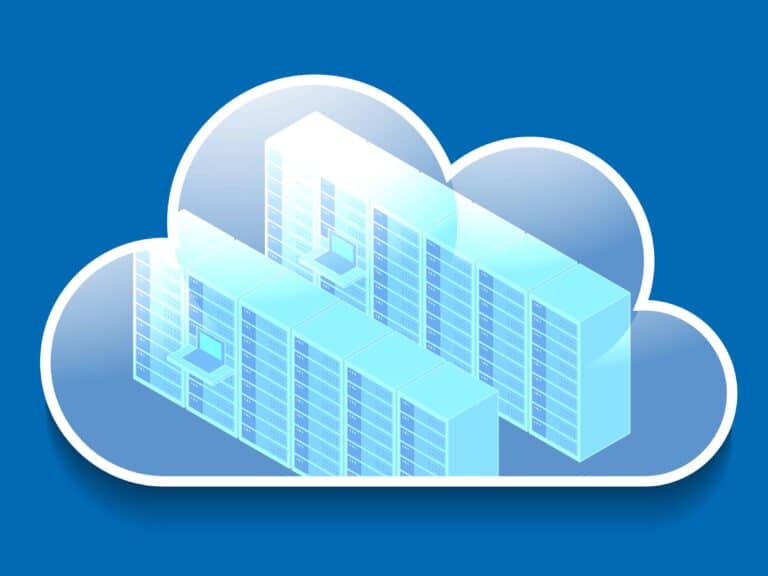Three new extensions should reduce cost, risk and complexity that multi-cloud deployments bring.
To some extent, NetApp and VMware are in the same boat. Both are traditionally on-premises vendors who want to stay relevant in a (multi-)cloud world. They do this in quite different ways, which we will not go into further in this article, by the way. In any case, the two vendors can reinforce each other well in this respect. If only because over a period of twenty years they had about 20,000 joint customers. That is why they have entered into a partnership, in order to bring the multi-cloud to these customers.
This week VMware Explore takes place in San Francisco. We are there and report on the most important news. Today, a day before the kickoff, NetApp and VMware are providing an update on their collaboration. This consists of three specific updates. The first is about how to cost-effectively and seamlessly migrate to the multi-cloud. The second covers how to best deploy Kubernetes and containers. Finally, the third deals with optimizing the data center.
Migrating cost-effectively
Organizations migrating to the cloud generally do so primarily to the three major players, Microsoft Azure, AWS and Google Cloud. To speed up a migration, it is important that it is done in a demonstrably good and thorough way. NetApp and VMware are working together to jointly certify and support VMware Cloud and NetApp Cloud Services for public cloud environments. This means that customers who currently run their workloads on VMware and also use NetApp storage environments can efficiently move them to the cloud of their choice. This thorough migration approach makes it clear from the start how much cloud a workload needs in terms of compute and storage. This should also make the migration more attractive in terms of cost. Since it remains to some extent a NetApp/VMware environment, this also means that organizations do not have to refactor any applications.
Optimize Kubernetes/Containers Deployment
The second initiative jointly announced by VMware and NetApp today relates to VMware Cloud Foundation with Tanzu. The latter is what organizations use to manage virtual machines and for container orchestration. This part of VMware now supports NetApp ONTAP-based storage arrays. That brings NetApp’s data fabric within reach for applications running in containers.
When it comes to Kubernetes, VMware and NetApp are also entering the market together. In fact, NetApp is a design partner of VMware Tanzu in the area of container-native storage. Specifically, this involves the integration of Astra Control with VMware Tanzu for VMware vSphere Virtual Volumes (vVols). Again, this collaboration ensures that traditional and modern environments can coexist without compromising the speed at which organizations can evolve.
Optimization of the data center
It may be mostly about the cloud these days, but the data center itself will remain relevant for quite some time. That’s why NetApp and VMware are intensifying their partnerships a little further on that point, too.
One of the things that will always remain important is optimizing the resources available within the data center. NetApp is therefore a VMware co-design partner in the field of vVols and vSphere. With this, the parties guarantee that as many benefits as possible of NetApp’s file and block storage platforms become available in those environments. A concrete example of this is the possibility of using vVols in combination with NVMe-oF. This clearly improves the performance of block storage flash environments. In addition, this collaboration also allows for more fine-grained work in the area of storage management of VMs over fiber, Ethernet and standard TCP/IP.
